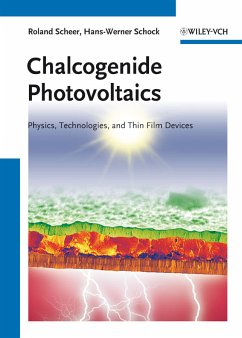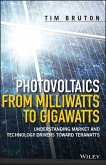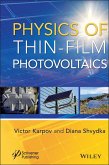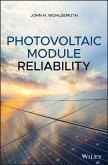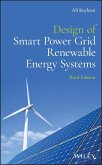This first comprehensive description of the most important material properties and device aspects closes the gap between general books on solar cells and journal articles on chalcogenide-based photovoltaics. Written by two very renowned authors with years of practical experience in the field, the book covers II-VI and I-III-VI2 materials as well as energy conversion at heterojunctions. It also discusses the latest semiconductor heterojunction models and presents modern analysis concepts. Thin film technology is explained with an emphasis on current and future techniques for mass production, and the book closes with a compendium of failure analysis in photovoltaic thin film modules. With its overview of the semiconductor physics and technology needed, this practical book is ideal for students, researchers, and manufacturers, as well as for the growing number of engineers and researchers working in companies and institutes on chalcogenide photovoltaics.
Dieser Download kann aus rechtlichen Gründen nur mit Rechnungsadresse in A, B, BG, CY, CZ, D, DK, EW, E, FIN, F, GR, HR, H, IRL, I, LT, L, LR, M, NL, PL, P, R, S, SLO, SK ausgeliefert werden.

